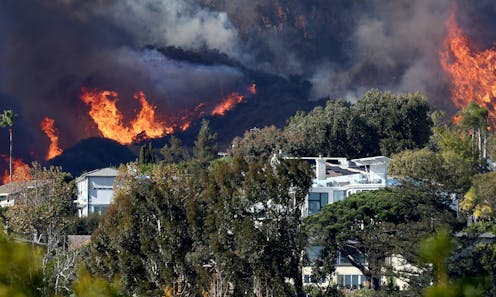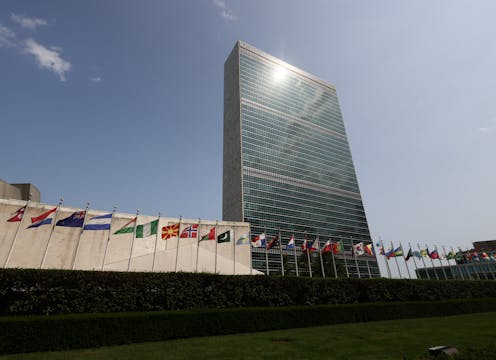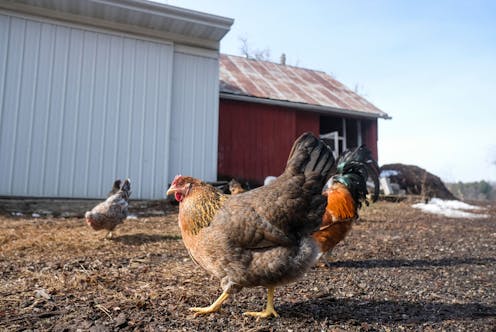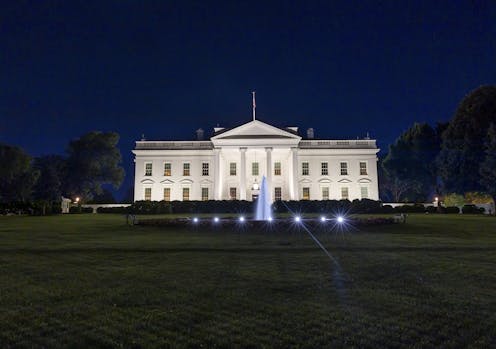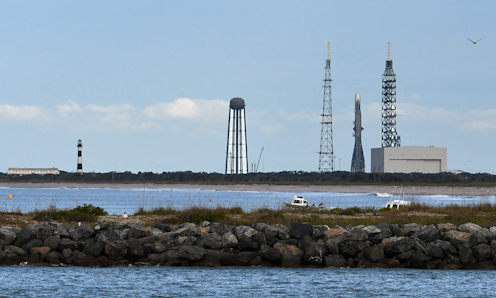The LA fires have prompted a reckoning for the insurance industry – Australian premiums could soar as a result
A series of wildfires in Los Angeles County have caused widespread devastation in California, including at least 24 deaths and the destruction of more than 12,000 homes and structures. Thousands of residents have been evacuated, and the danger isn’t over yet.
Some estimates have put the cost of the damage and economic loss at between A$400 billion and A$450 billion, of which only A$32 billion is insured.
This is a stark illustration of the insurance protection gap – the difference between insured and uninsured losses. As California rebuilds, it means the bill for uninsured losses will fall on the property owners themselves and public funds.
These catastrophic fires should ring alarm bells in Australia, where global ripple effects are likely to force up our own insurance premiums. Most importantly, we must grapple with and prepare for the grim prospect of our own similar disaster.
Read more: LA is on fire. How will Australia cope when bushfires hit Sydney, Melbourne or another major city?
Uninsurable homes
California’s insurance protection gap has grown as the state experiences increasingly devastating wildfires year-on-year.
In response to growing risk, escalating insurance claims, and rising reinsurance and construction costs, at least a dozen of the largest property insurers, making up 80% of the Californian market, have withdrawn from offering wildfire coverage or have restricted new policies.
In March 2024, State Farm, the United States’ largest property insurer, announced it would not be renewing about 72,000 policies in selected California postcodes deemed too risky to insure for wildfire.
These included 1,626 homes in Pacific Palisades, the scene of one of the most damaging recent fires.
For insurers, it’s simply becoming too expensive to do business in California.
What are the other options?
This has led to surging demand for alternative protection options. One, the California FAIR Plan, is a state-legislated collaboration between insurers.
The FAIR plan exists to provide a wildfire policy for those who have had policies refused by other insurance companies. But it’s a deliberately “bare-bones” policy.
Homeowners who want cover for additional structures, for theft and liability, or for other perils need to buy an additional top-up.
Residential payouts are capped at US$3 million (A$4.8 million), leaving many people underinsured.
Demand for the California FAIR Plan has skyrocketed since 2019, up 164%.
This increased demand for protection and the billions of dollars in loss we’ve just seen have raised concerns these wildfires may bankrupt California’s insurer of last resort.
The insurance protection gap is not unique to California. Some 15% of Australian households already face extreme insurance stress – a situation in which it costs four weeks or more of pretax income to buy an insurance policy.
Insurance for insurers
Premiums in Australia may soar even higher after the LA wildfires. Here’s why.
To cover large-scale losses like the 2022 floods in Australia, insurance companies buy a reinsurance policy in the global market. Essentially, they take out their own large insurance policies to help pay out the mass claims after a disaster.
The cost of global reinsurance capital goes up around the world as risk rises, losses increase, and the costs of reconstruction rise. Reinsurance payments for wildfire in California will therefore create a ripple effect in all insurance markets.
The global reinsurance market isn’t the only thing likely to push premiums higher in Australia. There’s also our own climate uncertainty and increasing risk of disaster.
Future extreme weather and the losses it may cause are becoming harder to predict. Where uncertainty rises, so do premiums, as insurers and reinsurers increase their capital reserving for potential losses.
Alarmingly, California’s crisis is a reminder that wildfires are not just a problem in rural areas or on the fringes of cities. Furthermore, these losses can even occur in winter, not just during the “wildfire season”.
A timely warning
Australia may have been fortunate enough to avoid a catastrophic citywide fire so far. But the intensification of bushfire seasons could ultimately create a similar insurance crisis here.
We’ve had our own sobering warnings in the past.
The 2003 Canberra bushfires destroyed more than 500 homes in suburban areas. In 2021, the Wooroloo fire destroyed 86 homes on Perth’s northeastern fringe.
In 2019, the Gospers Mountain mega-blaze came dangerously close to advancing on Sydney’s urban heart. A timely southerly wind change held it back.
It pays to check your coverage
What are the implications of this disaster for Australian insurance policyholders? Are there any meaningful actions we can take?
First, insured Australians should check what their policy covers and what is excluded. Greater clarification over exclusions was recommended in a recent parliamentary inquiry into the 2022 floods.
Meanwhile, policyholders should review the terms and conditions in their product disclosure statement (PDS). If you’re unsure about what a particular policy covers, contact your insurer prior to renewal.
Beyond checking or upgrading coverage, Australians can take steps to make their homes more bushfire resilient.
Last year, the Resilient Building Council partnered with the federal government to launch a free app homeowners can use to assess their fire resilience and earn premium reductions from participating insurers by making improvements.
Above all, Australians need to be aware that under a changing climate, we may be more at risk from fire than we realise, even in our biggest cities.
Authors: The Conversation




